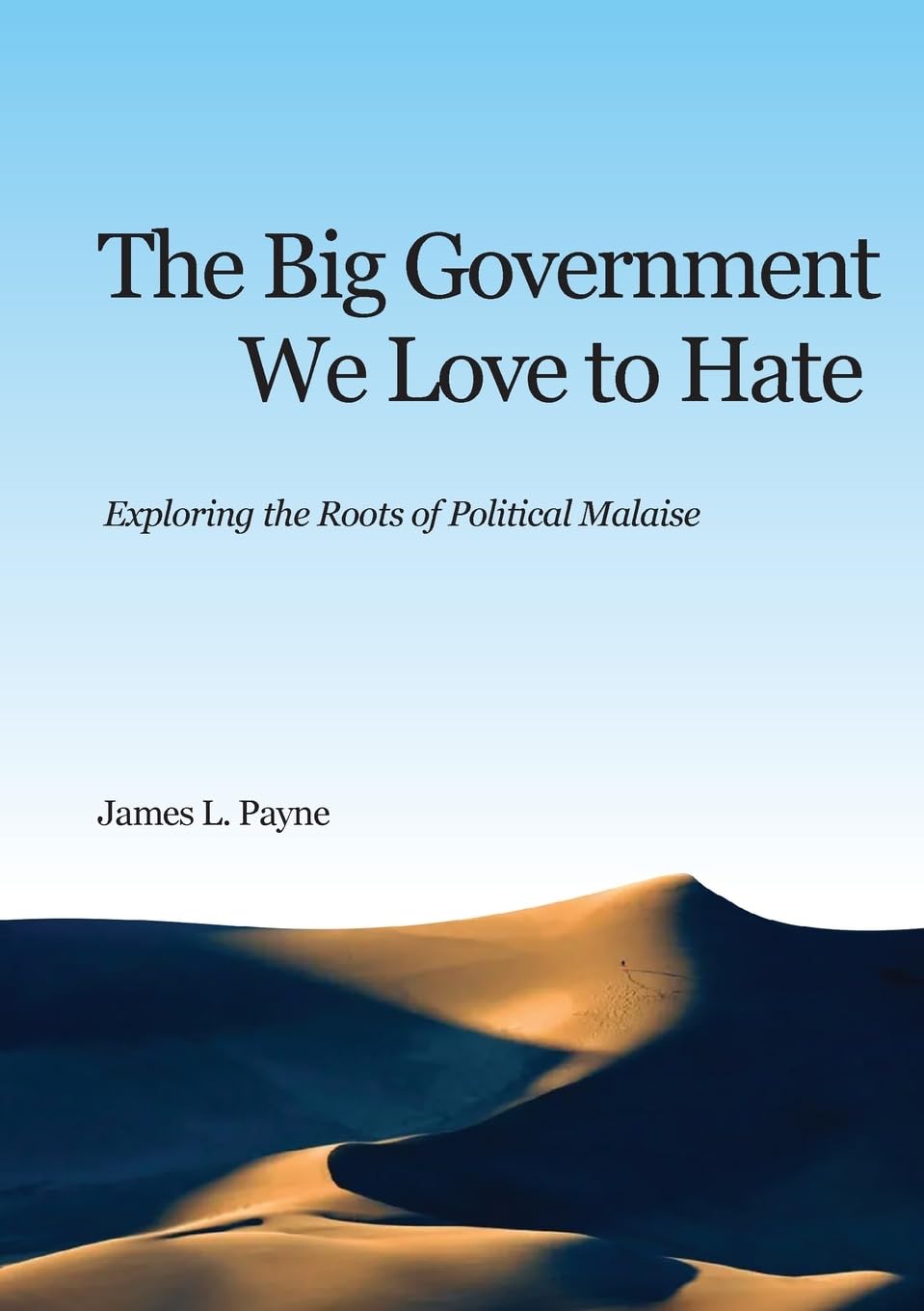Cities across the country have passed Vision Zero plans that resolve to reduce accident fatalities to zero by 2030. Planners seem to think that if we resolve strongly enough, and maybe cross our fingers, these plans will work.
To be fair, the plans do more than resolve. Most of them focus on slowing down traffic, either by reducing speed limits or by narrowing lanes, installing traffic circles, or taking other steps to force drivers to slow down. This is based on the obvious proposition that someone hit by a car going 20 miles per hour is less likely to die than someone hit by a car going 50 miles per hour.
The problem with this is that, in the five years since Denver adopted its Vision Zero plan, there were 33 percent more fatalities than the previous five years. What if speed isn’t the main cause of fatal accidents? If other factors are the main problems, then slowing traffic won’t save lives, it will merely inconvenience auto and truck drivers.
To consider this question, I scrutinized accident data for the city of Denver from 2006 through 2020 using the National Highway Traffic Safety Administration’s Fatality & Injury Reporting System Tool. I found out that occupants of automobiles are very safe, with something like 1.3 fatalities per billion passenger-miles. Cyclists are worse off with rates of around 25 per billion bicycle-miles. Pedestrians are even worse off, with rates of around 50 per billion walking miles. But the riskiest mode of travel was motorcycling, with rates of around 150 per billion motorcycle passenger-miles.
![]() These numbers are rough, as we only have approximate data for how many miles of walking, cycling, and motorcycling take place in Denver each year. But even if some of the numbers are off by 50 percent, the ranking would remain the same.
These numbers are rough, as we only have approximate data for how many miles of walking, cycling, and motorcycling take place in Denver each year. But even if some of the numbers are off by 50 percent, the ranking would remain the same.
The vast majority of motorcycle fatalities in Denver happen to riders who aren’t wearing helmets. Colorado doesn’t require helmets on motorcycle riders older than 18 years. California, Nebraska, Nevada, Oregon, and Washington require helmets for all motorcycle riders, and fatality numbers and rates are but much lower in Fresno, Las Vegas, Omaha, Portland, Sacramento, San Jose, and Seattle, which are all roughly comparable in size to Denver.
All new cars today come equipped with airbags, antilock breaks, vehicle stability control that have significantly reduced occupant fatalities. Helmets are the equivalent for motorcycles.
The data also show that only a small minority of Denver’s bicycle fatalities are the result of the cyclist being overtaken by an auto from the rear. Yet that is the only kind of accident that is addressed by installing bike lanes, which is Denver’s main way of improving bicycle safety. Bicycle boulevards would help reduce all kinds of bicycle accidents, but are rarely used.
The vast majority of pedestrian fatalities in Denver happen at night and are the result of pedestrians crossing streets outside of designated crosswalks. Proposed laws to ban ticketing of jaywalkers on the grounds that such tickets are somehow racist would only make this worse. In addition, a significant percentage of pedestrians killed were intoxicated.
As previously noted here, Portland and San Jose have admitted that significant shares of their pedestrian fatalities are homeless people, who often set up camps near the major arterials where most such fatalities take place. While I don’t know if the same is true in Denver, I suspect it is.
Rather than help homeless people find safer places to live or discourage pedestrians from crossing streets at night away from designated crosswalks, most of Denver’s Vision Zero efforts to help pedestrians are at intersections, where they aren’t as necessary, and are mostly aimed at giving users of legitimate crosswalks more time to cross (which means making auto drivers wait longer). This will prevent only a small minority of pedestrian fatalities.
I can’t help but think that Vision Zero is really more about inconveniencing auto drivers than increasing safety. Just three policies — a motorcycle helmet law, bicycle boulevards, and moving homeless people away from major arterials — would save far more lives than anything in the adopted plan.
My review of Denver accident data was commissioned by the Colorado Auto Dealers Association, which has posted it on their web site.
Randal O’Toole is transportation and land use expert, and author of numerous books including “Gridlock: Why We’re Stuck in Traffic and What to Do About It.” He blogs at The Antiplanner.


